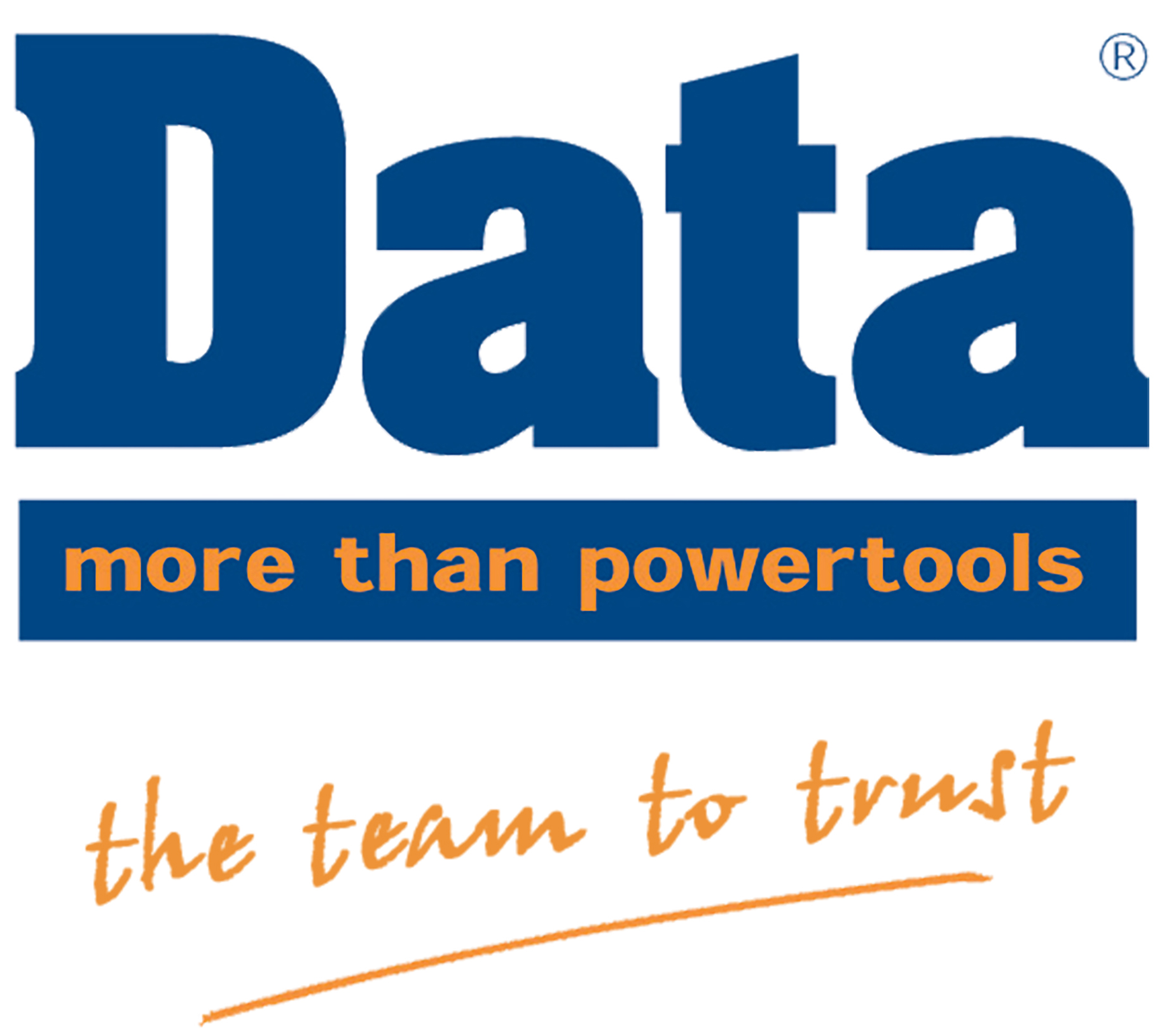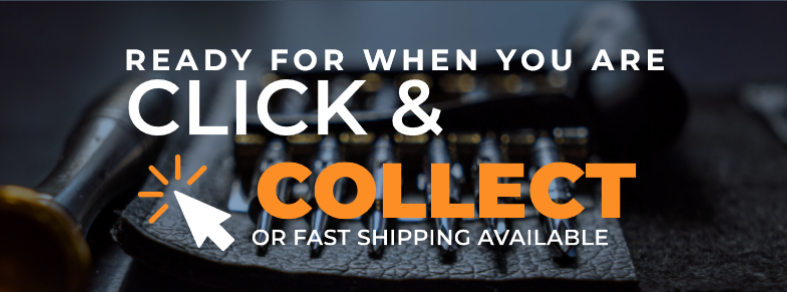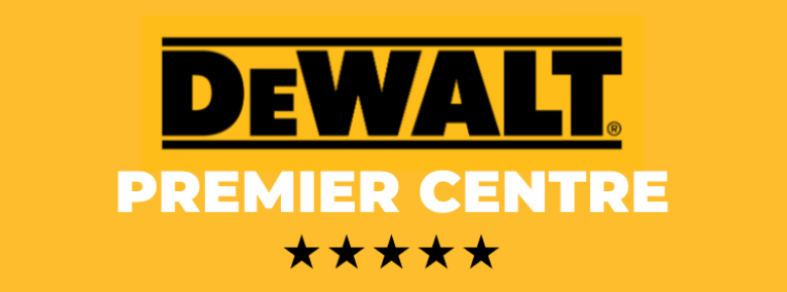Power tools are essential for every tradesperson, but along with them comes a fair share of misinformation. Whether passed down from older generations, picked up on job sites, or repeated online, these myths often lead to poor decisions, safety risks, or wasted money.
This article cuts through the noise. We’re setting the record straight with insights based on real-world experience — so you can get the best from your tools, your time, and your investment.
Why These Myths Stick Around
So, why do power tool myths linger? It usually comes down to:
- Old-school habits passed down on-site
- Outdated marketing claims
- Brand loyalty blinding people to better options
- Bad advice shared on forums or social media
Over time, these ideas get repeated enough to sound like facts — even when they’re completely off the mark. Let’s sort fact from fiction.
Myth 1: “More Power Means Better Performance”
More voltage or wattage doesn’t always mean better. In fact, too much power can work against you — especially when a job calls for finesse rather than force. If you’re drilling into plasterboard, using a heavy-duty hammer drill is overkill. You’ll fatigue faster, risk damaging the material, and reduce control. The key is matching the tool to the task — not overpowering it.
Bottom line: Bigger isn’t better. Choose tools that offer the right balance of power, precision, and control.
Myth 2: “Cordless Tools Aren’t as Good as Corded”
This might’ve been true 10 years ago — but not anymore. Advances in lithium-ion batteries and brushless motor technology have changed the game. Today’s cordless tools often match or outperform corded versions. They’re also safer on-site with no trailing leads, and far more convenient when you’re working at height or across different rooms. Corded tools still have their place — especially for long, continuous jobs. But for most trades, cordless is now the go-to.
Bottom line: Cordless tools are just as capable as corded ones — and often more practical.
Myth 3: “All Tool Brands Are Basically the Same”
Not all brands are created equal. The difference goes beyond the name on the casing — it’s in the motor quality, materials used, design tolerances, and long-term reliability. Premium brands invest in tool ecosystems — batteries, chargers, accessories — all designed to work together. That makes a difference in convenience and performance. You’ll also find that pro-grade tools come with better warranties, service support, and tougher builds designed for daily trade use.
Bottom line: Brand matters — especially when it comes to reliability, compatibility, and long-term value.
Myth 4: “You Can Use One Blade or Bit for Everything”
Wrong accessory, wrong result. Whether it’s a blade that burns timber or a drill bit that tears up brickwork, using the wrong tool for the job leads to poor finishes — and unnecessary wear. There’s a reason manufacturers create material-specific accessories: metal-cutting blades, SDS masonry bits, wood chisels, and more. They’re engineered for performance and safety.
Bottom line: The right accessory gets the job done cleaner, safer, and faster.
Myth 5: “You Don’t Need PPE for Power Tools”
Even the smallest tools can do serious damage if something goes wrong. A flying shard, a snapped blade, or too much vibration — all can lead to injury. PPE isn’t about being overcautious. It’s about preventing the accident that no one sees coming. For tradespeople and DIYers alike, it’s a non-negotiable habit.
Bottom line: Don’t take shortcuts — PPE is essential for every task, not just the big ones.
Myth 6: “Cheap Tools Are Just as Good If You’re Careful”
You get what you pay for. Cheap tools often lack the build quality, motor strength, and precision of professional-grade gear. They break more easily, deliver inconsistent results, and may even pose safety risks. It’s not about buying the most expensive tool — it’s about buying one that’s built to last. If you go cheap, you’ll often end up buying twice.
Bottom line: Cheap tools are a false economy. Invest wisely and avoid the frustration of constant replacements.
Myth 7: “Higher RPM Always Means a Cleaner Cut”
Speed is only part of the equation. Too much RPM on certain materials can cause burning, melting, or splintering. That’s especially true with hard woods, plastics, and laminates. What really matters is the right combination of blade type, feed rate, and tool control. Most quality tools offer variable speed settings for this exact reason.
Bottom line: Faster isn’t always better. Match your speed to the material and task.
Myth 8: “Battery Memory Affects Modern Power Tools”
This is a throwback to the days of nickel-cadmium batteries. Today’s lithium-ion batteries don’t suffer from memory effect. You can top them up any time — partial charges won’t harm them. In fact, running a lithium battery too flat can do more harm than good. Proper storage and temperature control are what matter most.
Bottom line: Modern batteries are smarter. Use them freely — and don’t let old charging myths hold you back.
Bonus tip: Most tool shops (including Data Powertools) offer battery recycling — so don’t toss them in the bin when they’re done.
Myth 9: “Good Tools Don’t Need Maintenance”
Even the best tools need care. Dust buildup, worn parts, or lack of lubrication can silently wear down performance and cut tool life short. Simple steps like cleaning vents, checking blades, or wiping down battery contacts can make a big difference. Don’t assume "quality" means maintenance-free.
Bottom line: Maintenance matters. A little upkeep keeps your tools running stronger for longer.
Myth 10: “Buy the Best Tool Possible, Even If You’ll Only Use It Once”
High-end tools are great — but not every job justifies one. If you’re only using a tool once or twice, it might make more sense to hire it or borrow it. Alternatively, a well-reviewed mid-range tool can do the job without breaking the bank. Save your big spends for the gear you rely on day in, day out.
Bottom line: Match the tool to how often you’ll use it — not just the specs.
Trust Experience, Not Old Wives’ Tales
Power tool myths are everywhere — but the best tradespeople rely on facts, not folklore. Whether you're buying new gear, upgrading your kit, or training apprentices, make sure your decisions are based on trusted knowledge and current technology. At Data Powertools, we’re not here to push sales. We’re here to help you make smarter, safer, and more cost-effective choices — every time you pick up a tool.
FAQ
Q1: How do I know if a power tool myth is outdated?
A1: Look at when the advice was first shared. If it talks about battery memory or downplays cordless tools, it’s likely from a different era. Stick to current specs and trusted suppliers.
Q2: Are cordless tools better for site work now?
A2: In most cases, yes. They’re powerful, safe, and more versatile than ever — especially with today’s battery platforms.
Q3: What’s the difference between professional and budget tools?
A3: Pro tools use tougher materials, deliver more consistent performance, and come with better support. Budget tools may work for light jobs, but they won’t hold up to daily site use.
Q4: Why do some myths persist even today?
A4: A mix of tradition, brand loyalty, and outdated advice. Once a myth catches on, it’s hard to shake — even if it’s been debunked for years.
Q5: Does it matter where I buy my tools from?
A5: Yes — reputable suppliers offer genuine products, expert advice, and aftersales support. That peace of mind is worth a lot more than a quick online bargain.





